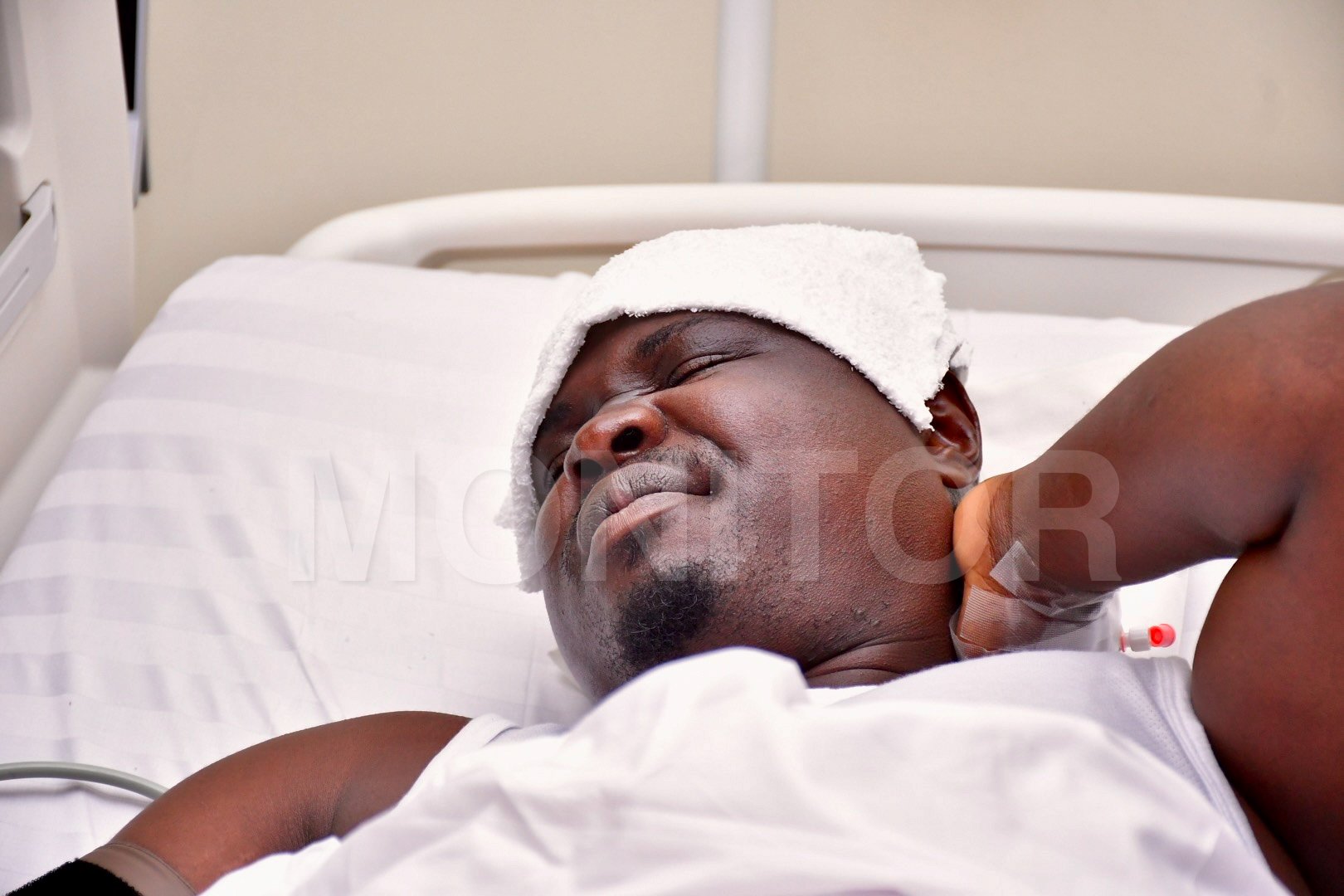Prime
The death of George Perry Floyd

George Floyd was brutally killed by an American police officer, Derek Chauvin. PHOTO/ILLUSTRATION
What you need to know:
- Fatal pressure on the neck may occur due to manual strangulation.
On May 25, 2020, 46-year-old George Perry Floyd, an African-American man, died after a Minneapolis police officer, Derek Chauvin, pressed his knee on Floyd’s neck for nine minutes and 29 seconds while handcuffed face down. Two other police officers further restrained Floyd while a fourth prevented onlookers from intervening as Floyd repeatedly pleaded that he could not breathe.
During the final two minutes Floyd was motionless but Chauvin kept his knee on his neck and back until an emergency medical team arrived to treat Floyd. These events were captured on video by a young woman, Darnella, and widely circulated online.
In court
A lawyer was later to describe these events in court: “George Floyd struggled, desperate to breathe, to make enough room in his chest to breathe, but the force was too much. He was trapped. He was trapped with the unyielding pavement underneath him, as unyielding as the men who held him down.”
Postmortem
The initial postmortem examination on the body of George Floyd was carried out by a medical examiner, Dr Andrew Baker, who concluded that Floyd died from cardiopulmonary arrest following the police officer’s restraint of, and the neck compression on Floyd which were more than he could take in the processing of the policeman subduing him.
He concluded that the death was a homicide. The medical examiner also found that Floyd had an enlarged heart for his size, which would therefore require more oxygen to pump blood through his body.
Cardiopulmonary arrest
A cardiologist agreed with the medical examiner that George Floyd died from cardiopulmonary arrest, which to him, were caused by low oxygen levels. And these low oxygen levels were induced by the prone restrain and positional asphyxiation that he was subjected to. A retired forensic pathologist attributed Floyd’s death to a sudden cardiac event and, in his opinion, opioids and methamphetamine in his body and carbon monoxide poisoning played a role in his death. He disputed the medical examiner’s judgement that the manner of death was homicide. To him it should have been classified as “undetermined”.
Charged
Derek Chauvin was charged with unintentional second degree murder, third degree murder and second degree manslaughter. Unintentional second-degree murder is defined as causing death without the intention to do so, while committing or attempting to commit a felony offence.
Third-degree murder is causing death to an individual by perpetrating an act imminently dangerous to others and evidencing a depraved mind without regard for human life, but without the intent to cause death.
Second degree murder is causing the death of another by culpable negligence, creating an unreasonable risk in which the person consciously takes the risk of causing death or great bodily harm to another person.
If the State missed any single element to meet the burden of proving Chauvin’s guilt beyond reasonable doubt for each of the three counts, then a not-guilty verdict would be returned.
On October 22, 2020, a judge dismissed the third-degree murder charge, but also denied Chauvin’s motion to dismiss the other, more serious murder charges. The judge later ruled that Chauvin and all three of the others be charged and tried together. Chauvin’s trial began on March 8, 2021 at the Hennepin County Government Centre.
Scientific account
Fatal pressure on the neck may occur due to manual strangulation, ligature strangulation, arm-locks, direct blows, entanglement with cords, and in the case of George Floyd, knee pressure. It was initially thought that death in these cases was the result of cutting off oxygen to the body by occlusion of the airways. It is now clear that in some cases death following pressure on the neck occurs much more rapidly than can be accounted for by lack of oxygen to the body.
There is no doubt that obstruction of the airways can cause death, but this is not common when the neck is compressed.
The force needed to close the airway is much more than that needed to occlude the blood vessels in the neck. The veins in the neck, draining blood from the head, are most vulnerable to occlusion when pressure is applied to the neck and this causes a rapid rise in pressure in the veins in the brain.
It is more difficult to occlude the arteries taking blood to the head as these are deeper in the neck. However, when these blood vessels are occluded, the person will immediately become unconscious as blood circulation to the brain is immediately compromised. In ordinary circumstances, permanent brain damage occurs if the blood supply to the brain is cut off for more than five minutes.
The arteries in the neck have in them nerves that are very sensitive to pressure and may cause slowing of the heart or even total cardiac arrest. It is thought that fear, apprehension, struggling and possibly the effect of drugs enhance the sensitivity of the nerves. It is an undisputable fact that collapse and apparent death can occur immediately on application of pressure to the neck.
Sudden death
Deaths that occur suddenly following pressure on the neck have legal as well as medical significance as these deaths can be totally unexpected especially when a relatively slight pressure is applied to the neck.
A soldier at a dance playfully tweaked his partner’s neck and was mortified to see her drop lifeless to the floor. The death that occurred of the wife of Mr Apollo Nyangasi, a onetime Chairperson of the Medical Workers Union was also attributed to fatal pressure applied to her neck. Mr Nyangasi was, as a result, sentenced to life imprisonment for the murder of his wife.



